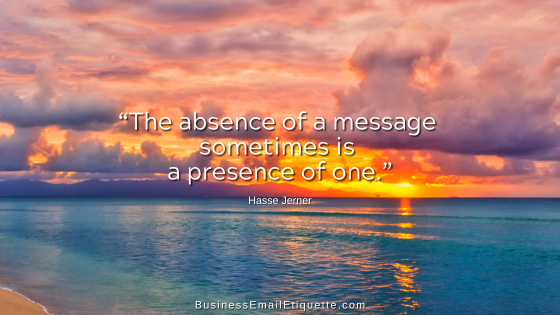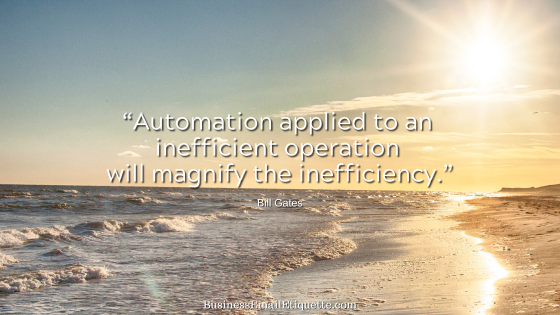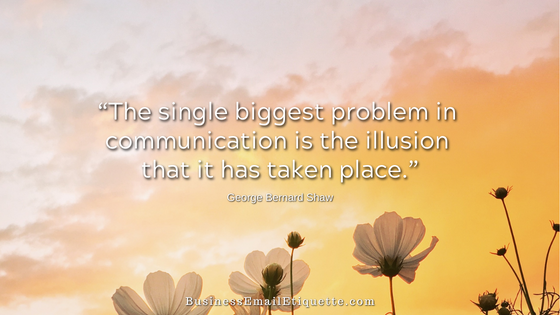Business Email Sign-off Considerations

Your business email sign-off is like the bow on a package. It wraps your message up with a final touch. This touch can help to solidify the tone and intent of your communications.
You want to be perceived favorably. So, how do you close your emails with the appropriate tone?
Many also stress their concern about not looking redundant by always using the same closing. Let’s discuss your options and considerations.
Using the Proper Email Sign-Off
All sign-offs must include your name. Whether you use your first name alone or your first and last name depends on the formality you want to convey in your email.
You can include your last name for first-time contacts, but that isn’t necessary for subsequent communications. If your email program is set up correctly, your last name is in the From field.
Your Choices Set the Tone
Not only does how you sign your name set the tone of an email, but so does how you choose to sign off. Some have a way of signing off that reflects their individuality or personality.
For example, I am known for signing off my emails with “At your service” or “Virtually.” (If you see anyone else using these closings, you know where they got it from!)
Most Popular Sign-ups (and my comments)
Use Your Discretion
Discretion is critical to relay the status of the relationship. For example, you wouldn’t use “I remain yours truly” in business communications. However, you would use that closing with someone you admire, like, or want to have a friendly email relationship with.
Whereas “Regards” is the other end of the scale. It is very professional and unemotional and, depending on the content of the email, could be perceived as an abrupt closing. I use this sign-off when I don’t have an enjoyable or friendly relationship with the person I communicate with.
A sign-off that does not match the essence of the email’s text can be perceived as sarcastic or rude. For example, I doubt if you were sending a professionally stern email that you would sign off with “Warmly.”
Before You Sign-Off
The above examples are not the end-all-be-all either. For example, your sign-off isn’t exclusively the words above your name separated by a comma. You can also use phrases that reflect your email’s purpose. Some examples could be:
Your closing is the icing on the cake. It must align with your email’s overall tone and demeanor to ensure your message is delivered. You don’t want to leave room for misunderstandings or incorrect perceptions.
Tone, Intent, Clarity
That is the dilemma we all face when writing and closing our emails and determining the best words to use to relay the exact tone and intent—with clarity. From how you open your email to the content and then the sign-off, each part of your email contributes to the overall interpretation of your message.
By taking your time and choosing your words carefully from start to finish, your email signature file sign-offs will be one more indicator of the pleasure of communicating with you.






